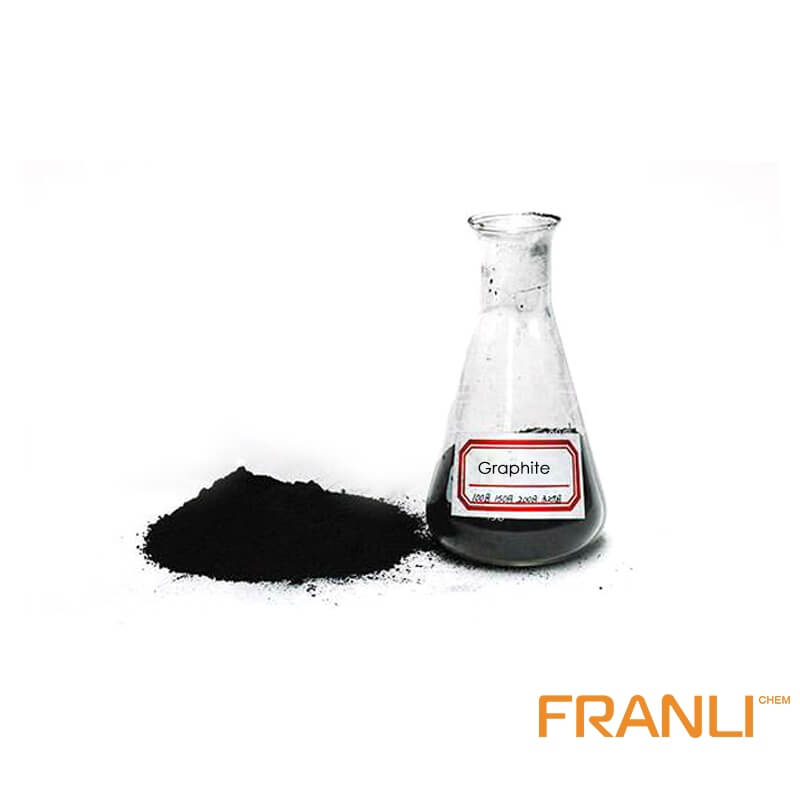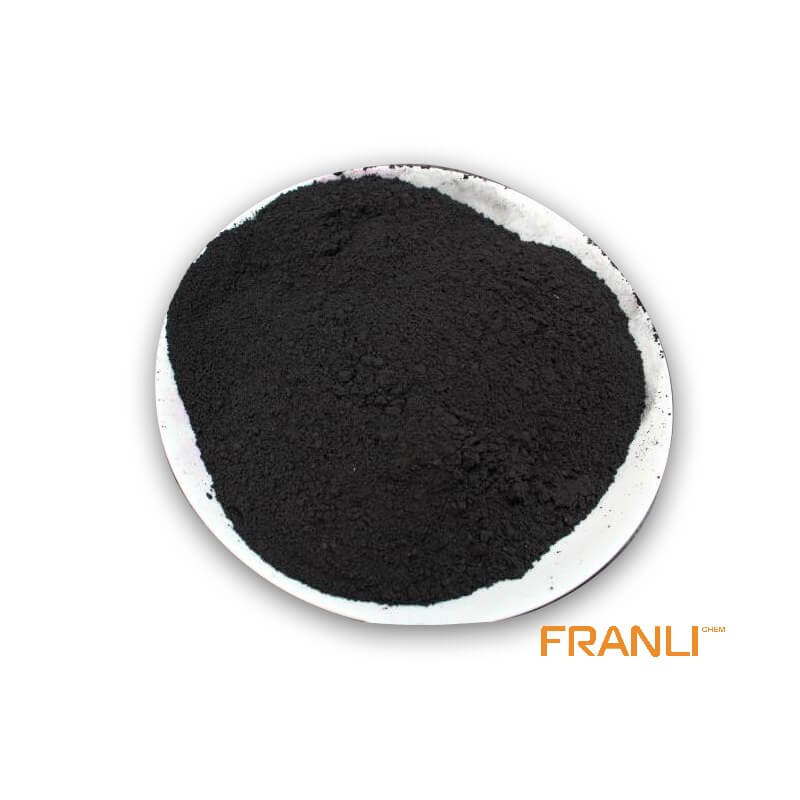

Graphite Powder
Size
1≥60%, etc
Package
25kg small bags into ton bags or ton bags
Features
High temperature resistance, conductivity and thermal conductivity, etc.
Application
As refractory material, conductive material and wear-resistant lubricating material, etc.
Graphite powder is a widely used industrial material, which is obtained from high-purity graphite after crushing, grinding, and screening. The classification of graphite powder is mainly based on the particle size, ranging from 50 mesh to 30000 mesh. The larger the mesh, the finer the particle size, and the higher the price.
Request a quoteNow graphite powder is widely used in industries, such as national defense, light industry, metallurgy, refractory, and aerospace. It is an essential non-metallic raw material for today’s high and new technology. It has good lubrication, high-temperature resistance, plasticity, acid and alkali resistance, conductivity, and heat conduction. It is opaque and greasy to the touch, and its color ranges from iron black to steel gray
Graphite has good chemical stability. Specially processed graphite has the characteristics of corrosion resistance, good thermal conductivity, and low permeability. It is widely used to make heat exchangers, reaction tanks, condensers, combustion towers, absorption towers, coolers, heaters, filters, and pumps. It is widely used in the petrochemical industry, hydrometallurgy, acid-base production, synthetic fiber, papermaking, and other industrial departments, which can save a lot of metal materials.
As casting, sanding, die casting, and high-temperature metallurgical materials: because the thermal expansion coefficient of graphite is small and can withstand the changes of rapid cooling and heat, it can be used as the mold of glassware. After using graphite, the ferrous metal can obtain the casting with accurate size, smooth surface, and high yield. It can be used without processing or slight processing, thus saving a lot of metal. Production of cemented carbide and other powder metallurgy processes,

Graphite is usually used to make porcelain boats for die and sintering. The crystal growth crucible of monocrystalline silicon, regional refining container, support fixture, and induction heater are all processed with high-purity graphite. In addition, graphite can also be used as graphite insulation board and base for vacuum smelting, high-temperature resistance furnace tube, rod, plate, grid, and other components.
Graphite powder is made by processing natural flake graphite into powder. Graphite powder inherits the high-quality physical and chemical properties of flake graphite, and because it is a powder form, it is widely used in industry. In the application of graphite powder, there is a concept called the tap density of graphite powder
1. What is the tap density of graphite powder.
The compaction density of graphite powder is the mass per unit volume of graphite powder measured after compaction of the powder in the container under specified conditions. Graphite emulsion is considered by the forging industry as a new type of high-efficiency lubricating demoulding material, which has good heat insulation and cooling effect on the die. It can extend the service life of the die by 1-3 times. It has good lubricity, demoulding property, chemical stability, high-temperature adhesion, and improves the service life of the die and forging quality. It does not pollute the environment and is easy to use.
This volume includes the volume of the sample itself, the volume of the sample pore, and the volume of the sample gap. The vibrating density of graphite powder: refers to the mass per unit volume of graphite powder measured after vibrating the powder in the container under specified conditions. This volume includes the sample itself, gap volume, and pores. For example, for the graphite powder in a certain container, the total volume of all the graphite powder particle size volume and graphite powder particle gap volume in the container, and then divide the mass of these graphite powder by the total volume, which is the tap density of graphite powder.

2. What is the relationship between the tap density and fineness of graphite powder.
Under the condition of the same quality of graphite powder, the smaller the particle size of graphite powder, the smaller the gap between graphite powder particles, the smaller the total volume of graphite powder, and the larger the tap density of graphite powder. On the contrary, the larger the particle size of graphite powder, the larger the gap between graphite powder particles, the larger the total volume of graphite powder, and the smaller the tap density of graphite powder. Graphite powder is a very sensitive chemical reaction material. In different environments, its resistivity will change, that is, its resistance value will change, but one point will not change. Graphite powder is one of the good non-metallic conductive materials. As long as the graphite powder is kept in an insulating object, it will be electrified like a thin wire.
However, what is the resistance value, This value is not an accurate number, because the graphite powder thickness is not the same, used in different materials and environments, graphite powder resistance value will be different. The initial raw material of expandable graphite is high carbon flake graphite, and other chemical reagents such as concentrated sulfuric acid (more than 98%), hydrogen peroxide (more than 28%), and potassium permanganate are industrial grade reagents. The general steps of preparation are as follows: under appropriate temperature, different proportions of hydrogen peroxide solution, natural flake graphite, and concentrated sulfuric acid are added in different procedures, and the reaction is carried out under constant stirring for a certain period of time, then washed to neutral, centrifuged, dehydrated and vacuum dried at 60 ℃.
How to test graphite powder with compaction density tester:
In the compression process of external force, with the movement and deformation of powder, large voids are filled, the contact area between particles increases, so that the attraction between atoms is generated, and the mechanical wedging effect between particles is strengthened, so as to form a compact with constant density and strength. The calculation formula of compaction density is compaction density = surface density/material thickness. In the design process of the lithium-ion battery, Compaction density = surface density / (thickness of pole piece after rolling – fluid collector thickness), unit: g / cm3.



